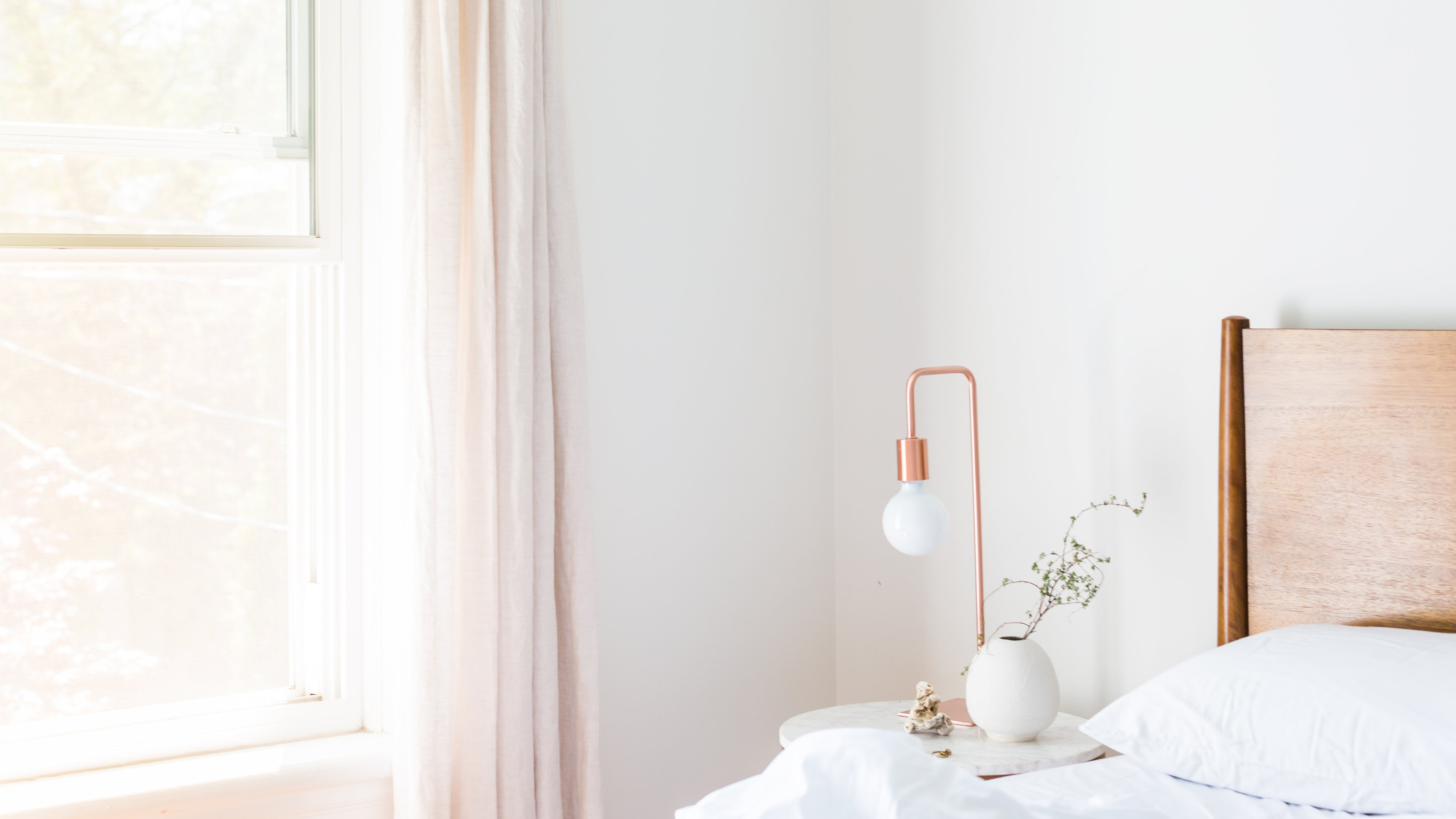
These interior hacks can improve your mental health, with plenty of research to back up the claims that our living spaces affect our mood. This has never been truer than during the pandemic – our homes have become essential spaces to work and relax in, and people have never been more aware of the importance of the right environment to help them thrive.
We have asked mental health professionals* to give us expert tips on improving wellbeing through interior design. Here's what they recommend.
- Sleep is essential to our mental health; find out how to sleep better in our guide
1. Declutter, declutter, declutter!
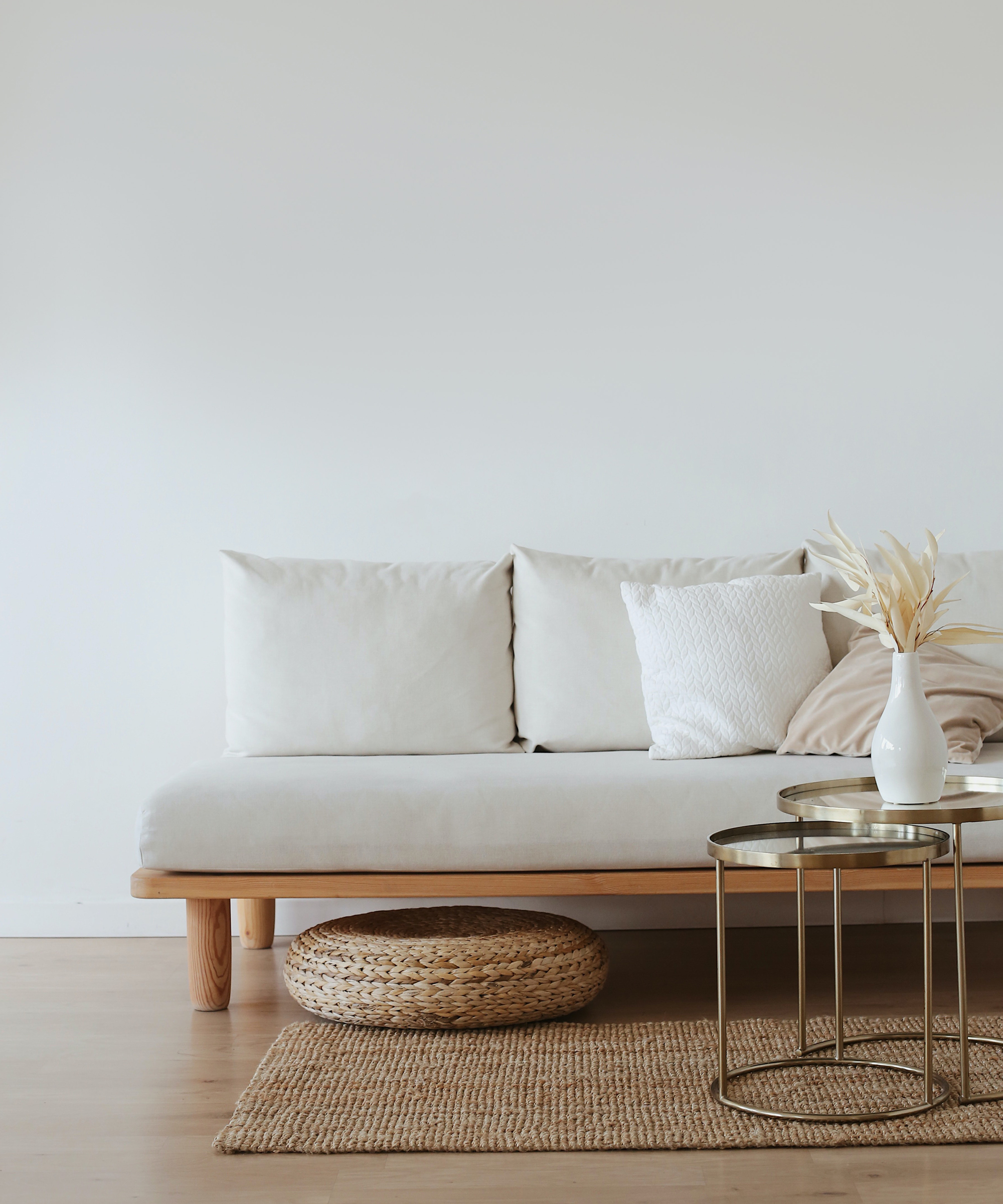
Research has found a direct link between clutter and increased levels of the stress hormone cortisol. In response, many people are adopting a minimal approach to their homes, not least thanks to the rising popularity of the Marie Kondo tidying up method.
Some people may want to take the decluttering trend even further, adopting a minimalist lifestyle with a minimum amount of material goods. But, for most of us, starting with decluttering the closet is more realistic – and it will make you feel good.
2. Improve natural light
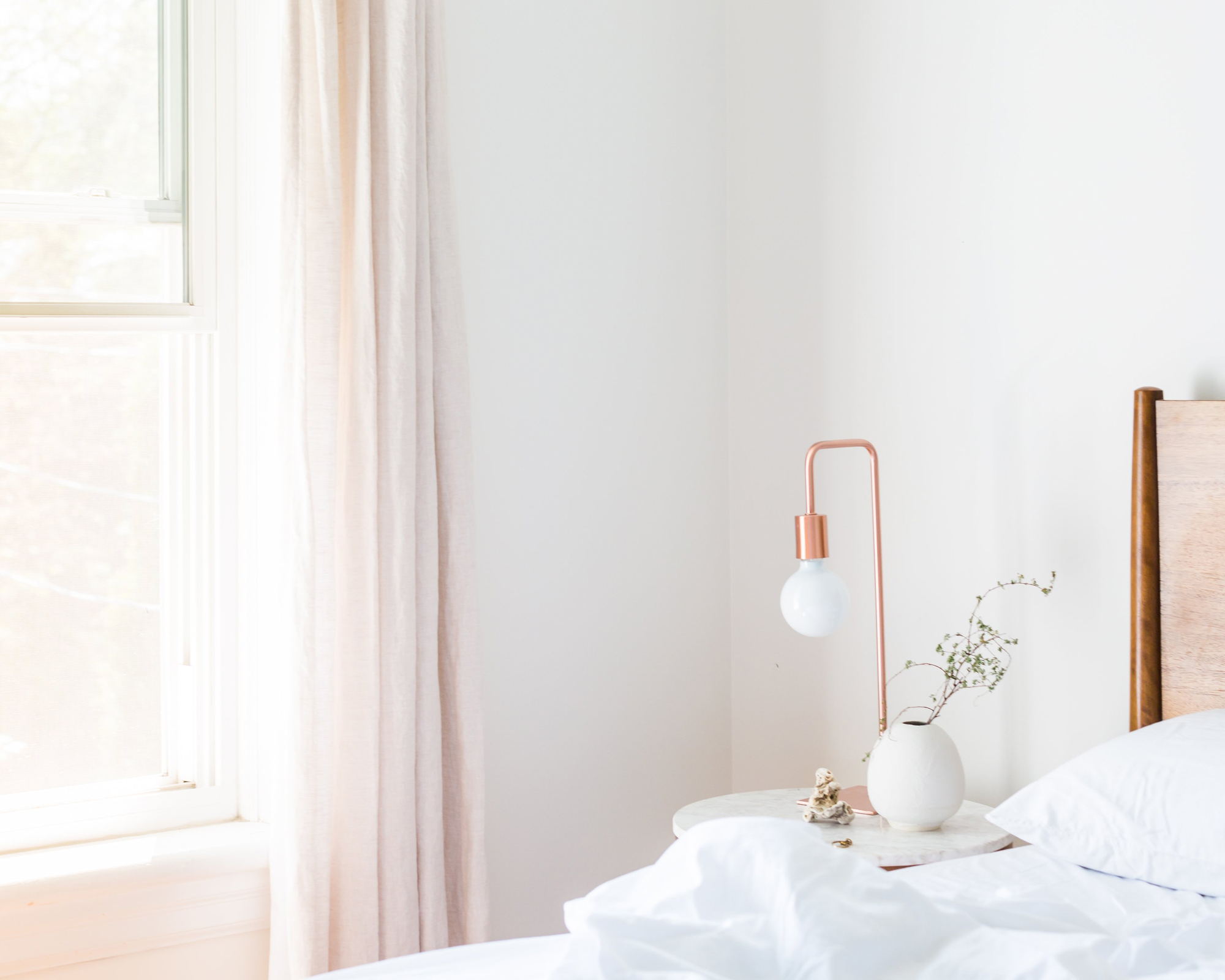
There's a wealth of evidence on the importance of natural light to everything from our immune systems to our sleep cycles. Natural light is essential to the correct regulation of the different hormones in our bodies, especially serotonin, which is very important to healthy sleep and maintaining good mental health.
To increase the light levels within your home, try keeping your blinds and curtains open during the day, use lighter colors within your interior design scheme, and add wall mirrors across from windows to diffuse light rays throughout the room.
3. Pay attention to color
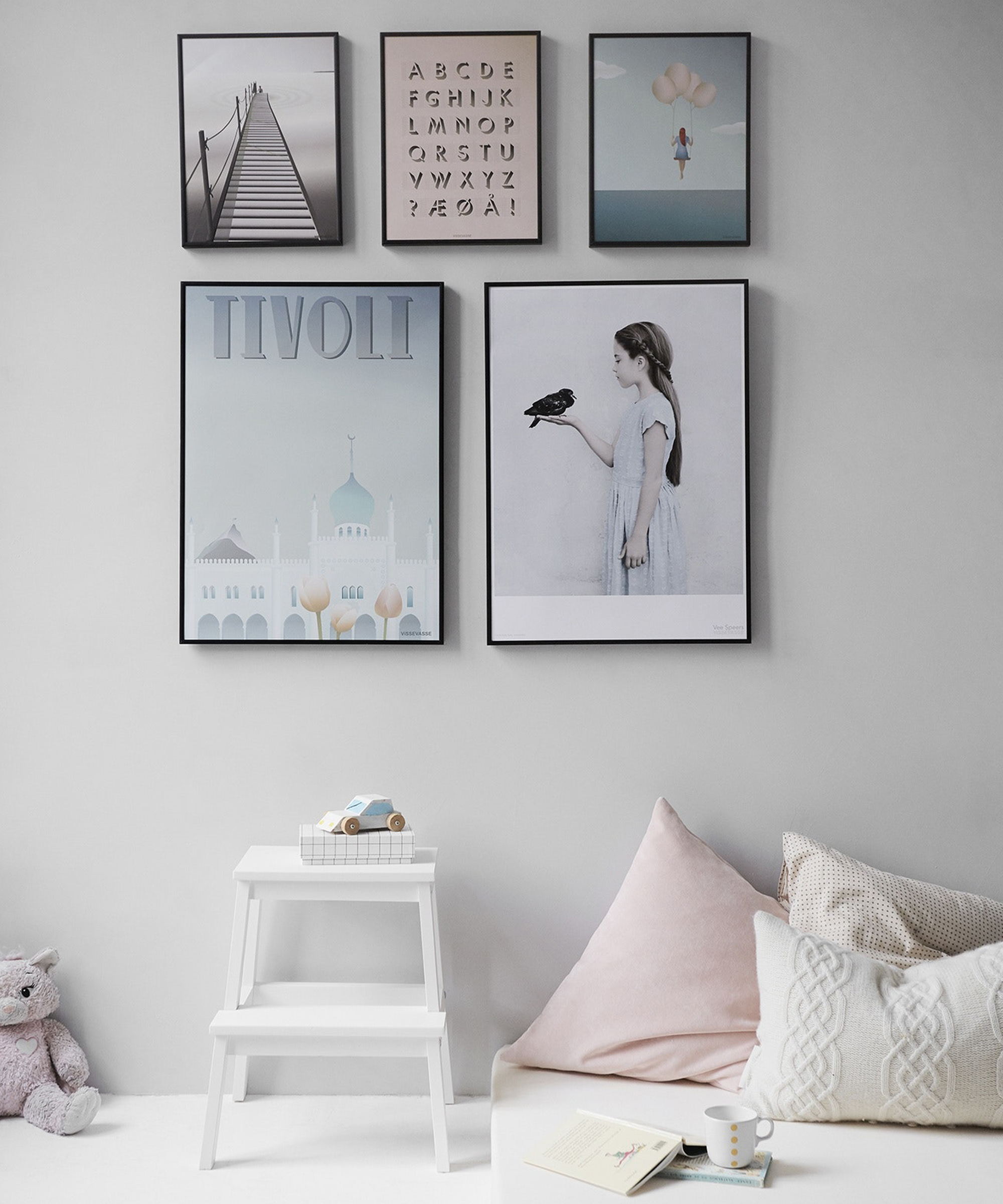
It's no secret that different colors affect our mood differently. Whether you believe in color pyshoclogy or not, there's no denying that a well-chosen, tranquil color scheme just makes any room nicer to be in. Green and purple have been proven in scientific studies to lower heart rate and reduce stress. There's less research around other colors, but it makes sense to keep colors considered to be more stimulating – reds and yellows – out of the spaces where you want to relax.
Join our newsletter
Get small space home decor ideas, celeb inspiration, DIY tips and more, straight to your inbox!
Explore our 25 bedroom color ideas to inspire an easy makeover.
4. Add round shapes to your decor
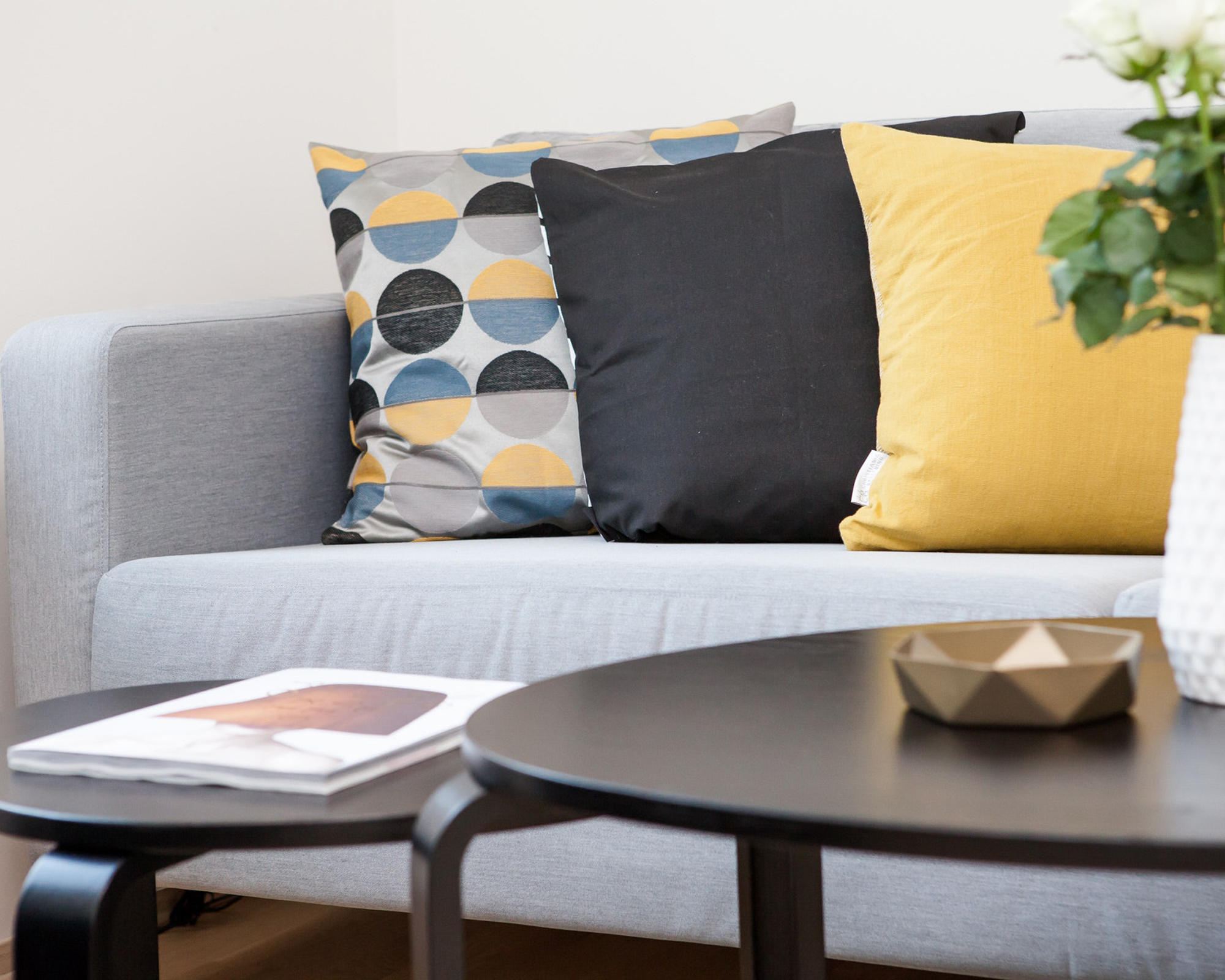
In the same way that delicate colour patterns can bring a sense of tranquillity, design schemes with soft-looking edges and geometric circle patterns can help us feel more relaxed. Research into the psychology of shapes revealed that people recognise round shapes, specifically circles, more positively than angular shapes.
It doesn't mean that everything in your home must be round, but. adding soft rounded shapes to your existing decor will help make it a more relaxing space. It can be as simple as adding some round cushions to your sofa, or a round rug in your dining room.
5. Embrace the biophilic design trend
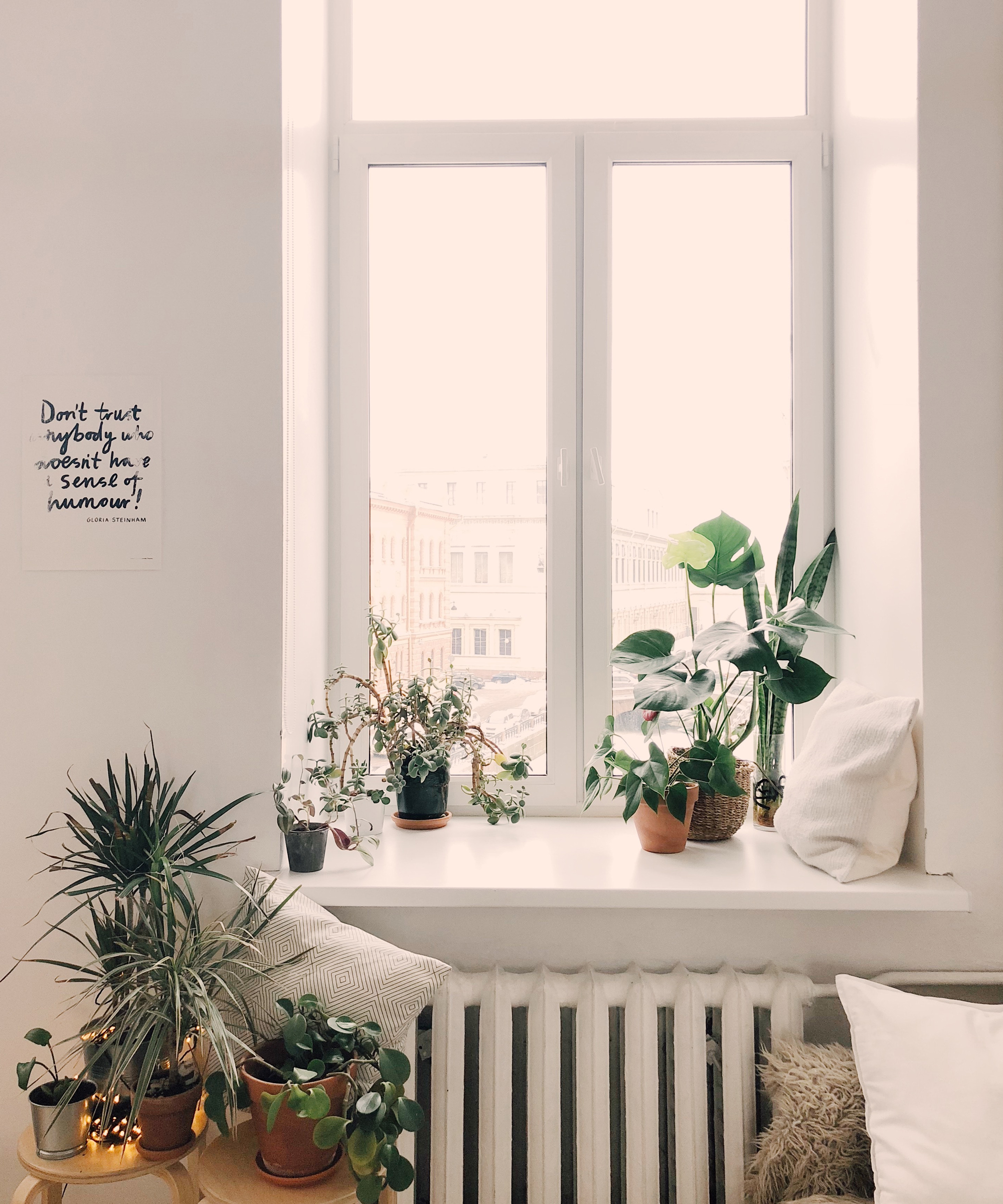
It may sound fancy, but the biophilic trend is everywhere, from our newly-found obsession with indoor plants to linking the indoors and the outdoors. Biophilic design looks for ways to bring people closer to nature, arguing that it makes us happier and healthier.
The biophilia effect was coined by biologist E. O. Wilson in the 1980s and referred to how humans need and gravitate towards nature. Findings confirm that bringing a touch of nature into your home can positively impact mental and physical health.
House plants have been proven to help your immune system, boost productivity and positively influence your mental health. It doesn't much matter what plant you choose – just looking at greenery has been shown to be good for us.
Another easy way to bring biophilic design into your home is to focus on natural materials such as wood, stone, and ceramic.
* Tips kindly provided by Delamere Health
Anna is a professional writer with many years of experience. She has a passion for contemporary home decor and gardening. She covers a range of topics, from practical advice to interior and garden design.